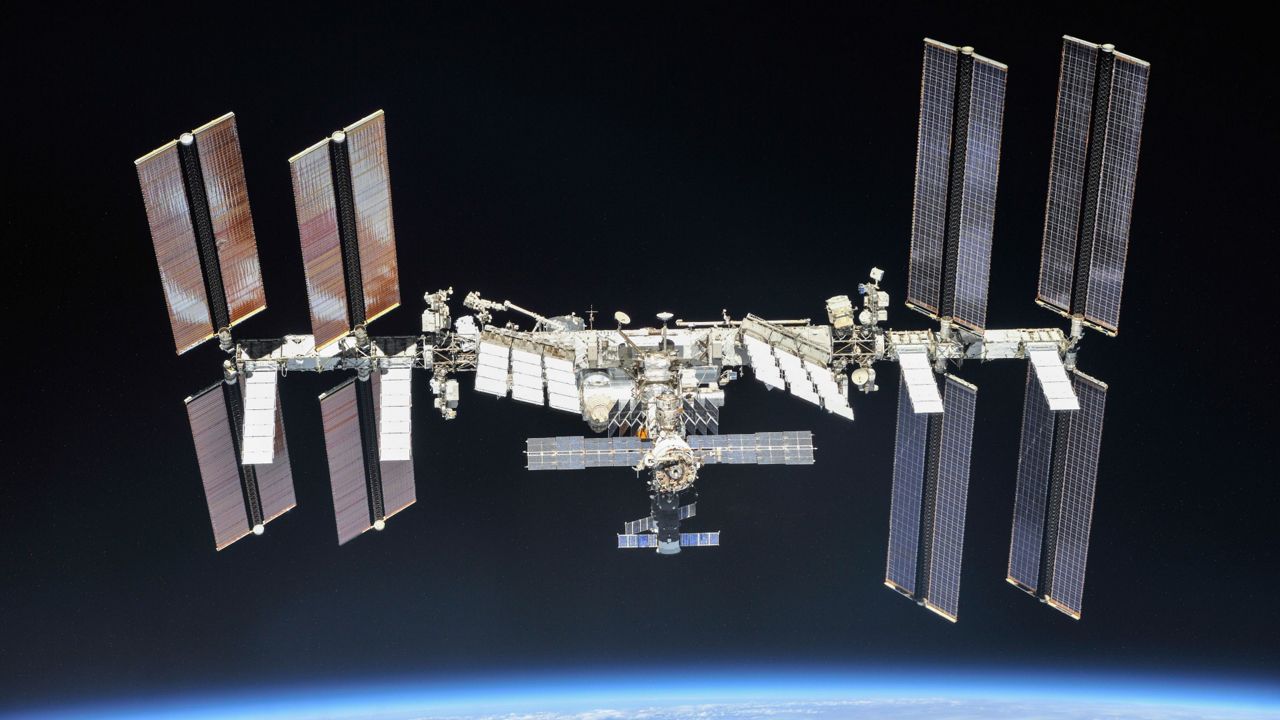Clear, dark starry skies provide endless opportunities at spotting planets, constellations, and meteor showers. In the hours before sunrise or just after sunset, the International Space Station (ISS) can be among these features seen high above the Earth.
NASA offers location-based alerts so you can "spot the Station" when it is visible in your area.
Spot the Station alerts are made available through calculations based on the ISS's orbit as it travels at 17,500 miles per hour.
"The station orbits on a 51.6-degree inclination to the equator. That means it will always be passing from the northwest or southwest," explained NASA Ambassador Tony Rice.
"The distance to the horizon from the ISS is about 1,000 miles. You can draw a 1,000-mile line to the northwest or southwest to see where the station is directly over as it comes into view on those really good passes that go directly over your city," Rice added.
The ISS appears like a bright star moving rapidly across the sky; It doesn't have flashing lights or change direction. It stands out because it moves faster than a typical airplane you might see passing by.
It is visible before sunrise and after sunset because it reflects light from the Sun, similar to how the Moon appears to shine at night.
"Sometimes, it will begin to dim and disappear in the middle of the sky. This happens as the station passes into the Earth's shadow," said Rice.
As you might imagine, crew members get out-of-this-world views.
Rice shared "when the ISS is directly over Central Florida, astronauts can see Niagara Falls on their northern horizon," in addition to seeing Honduras to the south, San Antonio, Texas to the west, and just about to Bermuda to the northeast.
What we see on the ground is actually a laboratory the size of a football field, traveling about 250 miles above the earth's surface. Within this structure are crew members conducting science and technology experiments.
This data provides information on things like the effects of long-term human spaceflight, part of NASA's mission for humans to travel farther into space.
When you see it, know that you are witnessing something important to both life on Earth and the future of space exploration.
Our team of meteorologists dives deep into the science of weather and breaks down timely weather data and information. To view more weather and climate stories, check out our weather blogs section.



